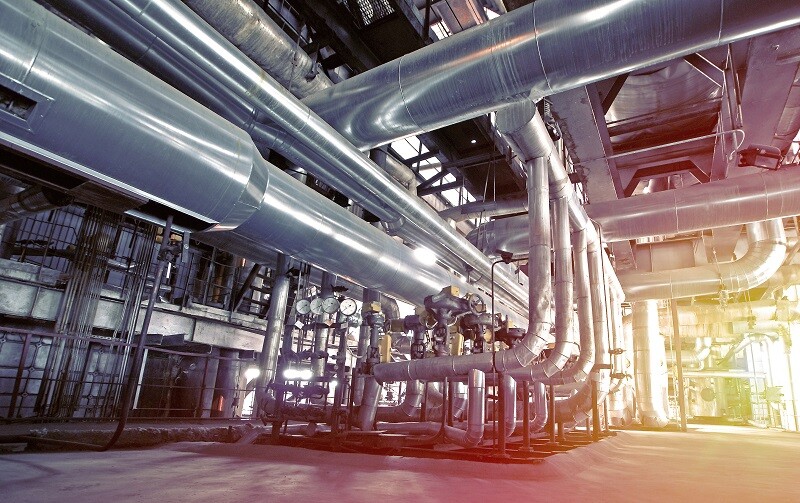Big data is being utilized as an analytical, safer way to make sense out of the water industry. Hotter weather and droughts are causing many regions in the world to rethink the way that water is collected and used.
India’s Ganges recently ran out of water, and the impact will be substantial, especially on food growth.
And maybe one day, big data can help these regions better understand water usage, losses and ways that water optimization may be possible. There are a few examples of big data being used to help improve water utilities.
ASSET360
ASSET360 is a cloud-based solution that ischanging the way that water utilities understand their assets. The platformimproves the efficiency and effectiveness of operations, and is being used tohelp with the creation of smart cities.
The solution provides comprehensive data management, and it allows for adaptive planning solutions as well as operational intelligence.
Data is interpreted to help make sense of operational behaviors, project tasks and schedules. A user-friendly dashboard is offered to provide an overview of operations at-a-glance.
Enterprise Decision Analytics (EDA)
EDA tools are changing the way that sewer lines and infrastructure are being monitored, upkept and running. These tools are being offered to be able to predict the future of infrastructure, such as predicting the condition of sewer line assets.
These predictions can help utilities deploy pipe bursting equipment and equipment to correct infrastructure issues before they lead to water loss.
Big data comes into the equation when it’s able to:
- Track data trends to be able to assess the condition of an asset
- Predict the consequence of a potential failure in the sewer line
Proactive intervention options can be deployed faster and with great efficiency thanks to EDA. These analytics help utilities keep costs down and provide better solutions for customers. An overhead view of water loss in utilities can be used to provide functional maintenance while reducing the risk of sewer failure.
Sewer systems and wastewater infrastructure remains underground without engineers being able to view the state of the system. Leakage and cracks go unnoticed or overlooked due to budget concerns.
When big data is utilized properly, it’s possible for engineers to determine when there are significant infrastructure issues.
Of course, data is never perfect, so it has to be used along with analytics to help improve efficiency. Utilities that have deployed smart solutions and big data technology suggest that optimization is where big data really helps the consumer.
The optimization is being used to detect and improve blockage rates, and can be used to analyze issues on a local scale. This allows for local areas to have optimized solutions that handle wastewater and drinking water better than in the past.
Calibrated properly, these systems, using big data, will be able to provide a framework that will be continued upon to better help utilities deal with imminent issues, such as weak infrastructure, blockage analysis and pinpointing and optimizing utilities for water conservation and lower consumer prices.
Big data will be a major factor in helping combat the threat of lower water tables and long-term droughts where water may be scarce.

